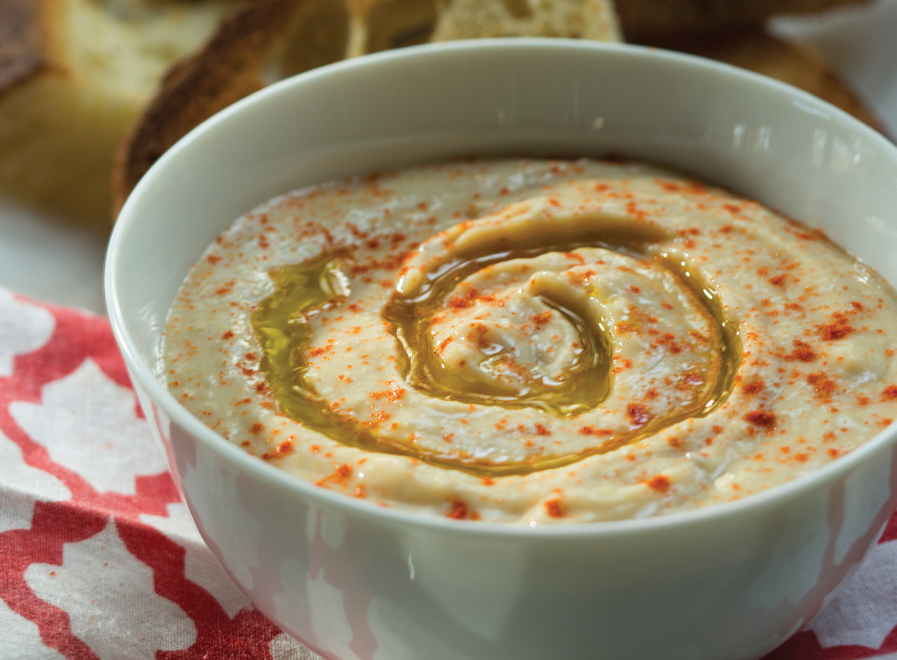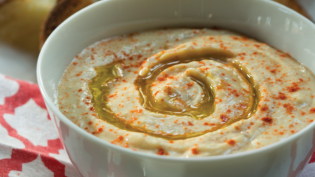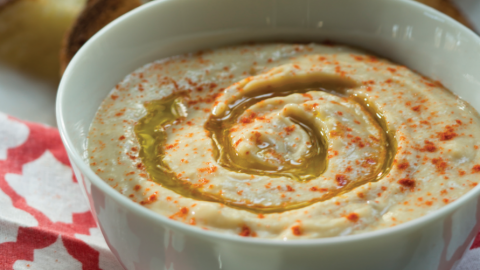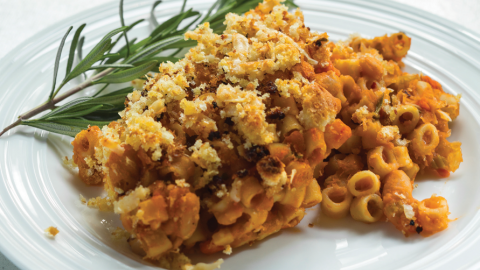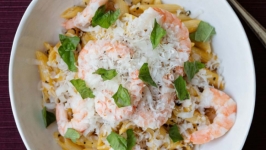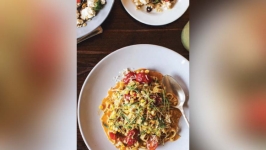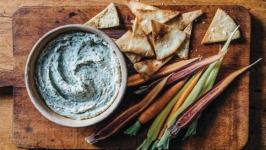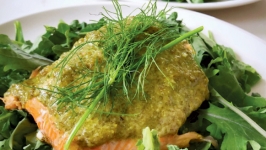Cooking Fresh: Beans Make the Meal
In the early days of Louisville farmers’ markets, the “growing season” lasted from June to September. The produce farmers who dominated the market back then averred that consumers wouldn’t come out in spring to buy radishes and green onions, so it didn’t make sense to start markets any earlier.
Twenty or more years later, farmers at neighborhood markets have diversified their production to include everything from meat and eggs to dried flowers and seasonal greens. A few hardy souls not only sell through a longer season, but year round at a location or two. But for most of us, February and March are still the most challenging months for local eating.
These are the days when dried beans take center stage on my menus and small white navy beans are always in my cupboard as my go-to choice for the meaty soups or vegetarian casseroles I rely on in winter, often paired with organic baby spinach ubiquitous in grocery stores. I often pair white beans with foods I’ve frozen during the summer—chopped onions, peppers, herbs, garlic, greens and tomatoes—along with fresh food from the supermarket produce aisle.
There are many cooking “musts” that surround the preparation of dried beans. I ignore most of them. I ignore the one that says don’t salt the beans before cooking. In my mind, beans taste better when they cook in salted water. I also don’t worry about soaking beans before cooking. If I have the time I do presoak — it requires less energy and less time to cook them through. Also, research shows that soaking beans in a large volume of water and then pouring off that water will reduce the compounds that aggravate a gassy stomach. But if I’m in a time crunch, I cook the beans as I’m preparing the other parts of the dish.
I am careful about one thing: Acidic foods slow down the softening of beans. Once in my early cooking career I cooked beans with tomatoes and the beans never, ever softened. From that day to this I always add tomatoes (or lemon juice, or vinegar) long after the beans have softened, or I cook the beans in a separate pot until soft.
I have received compliments from people who think my dishes taste good and who seem confident that starting with dried beans is the key. I have always bought dried beans because they are easier than canned ones to carry home from the supermarket and don’t take up as much room on shelves. I cook them in the slow-cooker (with water and salt) when I’m going to need them, and freeze extras I may not be using. Cooked beans freeze very well.
Whether starting with dried beans actually makes the food taste better, I cannot say. And if starting with canned is easier for you, there is virtually no dish that won’t turn out just as well.


